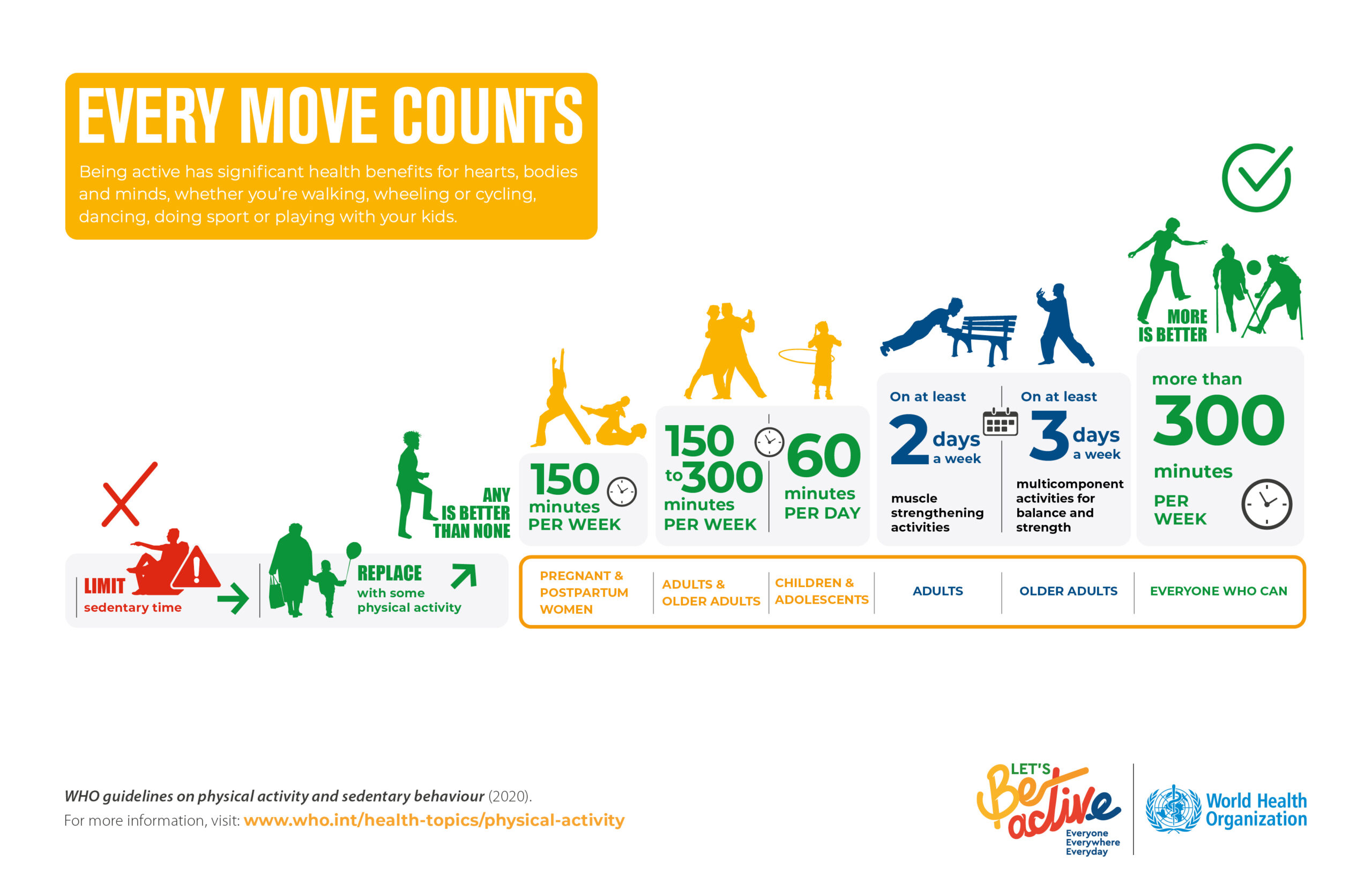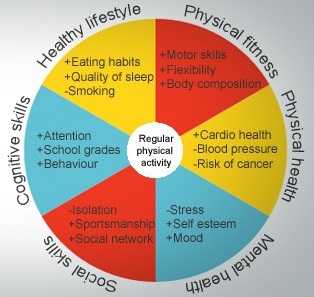
The purpose of this report was to: 1) perform a systematic review of the evidence informing the relation between physical activity and health in school-aged children and youth, defined here as those aged 5-17 years and 2) make recommendations on the appropriate volume, intensity, and type of physical activity for minimal and optimal health benefits in school-aged children and youth. Systematic reviews attempt to reduce reviewer bias through the use of objective, reproducible criteria to select relevant publications, to synthesize and critically appraise the findings from these publications, and to employ defined evidence-based criteria when formulating recommendations. This can be achieved through a systematic review. The reader may be better served when the choices made in the review are explicit, transparent, clearly stated, and reproducible. Thus, the reader is faced with uncertainty and doubt when interpreting a narrative review. The authors of a narrative review may be exclusive with the materials they review, and these materials may have been selected and interpreted in a biased manner. First and foremost, it is uncertain as to whether all of the relevant scientific evidence has been examined. Although informative, narrative reviews have severe limitations. Several other narrative reviews have examined the relation between physical activity and health in school aged children, a small sample of which are referenced here. This narrative review explored whether Canada's physical activity guidelines for children and youth are appropriate, and made recommendations as to how the guidelines could be modified to reflect current knowledge.
#List three benefits of physical activity for social health update#
Recently, a narrative literature review was conduced to provide an update on the evidence related to the biological and psycho-social health benefits of physical activity in school-aged children and youth which has accumulated since the publication of Canada's guidelines.

The basic recommendation within these guidelines was that children and youth, independent of their current physical activity level, should increase the time they spend on moderate-to-vigorous intensity physical activity by 30 minutes per day, and over a 5 month period progress to adding an additional 90 minutes of daily physical activity. Ĭanada's first set of physical activity guidelines for children and youth were introduced in 2002. Muscle and bone strengthening activities should be incorporated on at least 3 days of the week. 3) Aerobic activities should make up the majority of the physical activity. 2) More vigorous intensity activities should be incorporated or added when possible, including activities that strengthen muscle and bone. Some of the health benefits can be achieved through an average of 30 minutes per day. The following recommendations were made: 1) Children and youth 5-17 years of age should accumulate an average of at least 60 minutes per day and up to several hours of at least moderate intensity physical activity. Aerobic-based activities had the greatest health benefit, other than for bone health, in which case high-impact weight bearing activities were required. Vigorous intensity activities may provide even greater benefit. To achieve substantive health benefits, the physical activity should be of at least a moderate intensity. Results from experimental studies indicate that even modest amounts of physical activity can have health benefits in high-risk youngsters (e.g., obese). The dose-response relations observed in observational studies indicate that the more physical activity, the greater the health benefit.

Physical activity was associated with numerous health benefits. The volume, intensity, and type of physical activity were considered. The evidence was graded for each health outcome using established criteria based on the quantity and quality of studies and strength of effect. Data was abstracted for 113 outcomes from the 86 eligible papers. The abstracts and full-text articles of potentially relevant papers were screened to determine eligibility. A total of 11,088 potential papers were identified. Literature searches were conducted using predefined keywords in 6 key databases. The systematic review was limited to 7 health indicators: high blood cholesterol, high blood pressure, the metabolic syndrome, obesity, low bone density, depression, and injuries. The purpose was to: 1) perform a systematic review of studies examining the relation between physical activity, fitness, and health in school-aged children and youth, and 2) make recommendations based on the findings.


 0 kommentar(er)
0 kommentar(er)
